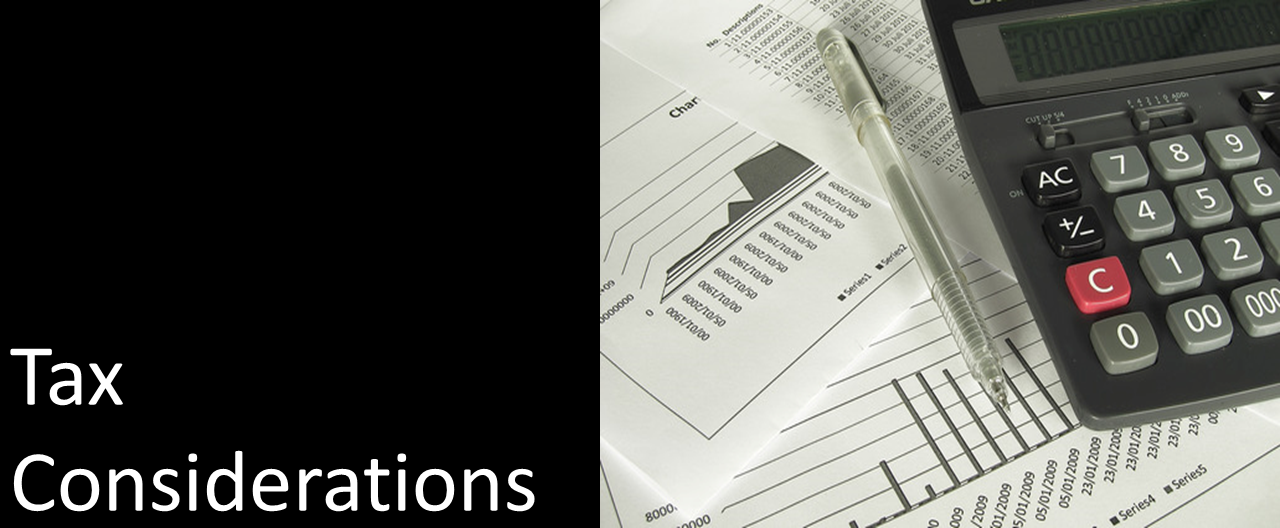Be sure to also sign up for the MutualFund.com Dispatch; this free investing newsletter is a great way to stay up to date with developments in the industry.

- What is my overarching investment goal? This can range from building your first portfolio to preparing for retirement in a few years.
- What is my time horizon? This goes hand in hand with the first question you ought to be asking yourself.
The first step is often the most difficult one to take, so be sure to consult our list of 7 Questions to Ask When Buying a Mutual Fund.
2. Have a clearly defined Asset Allocation Strategy. The trick here is to formulate a split between stocks, bonds, and any other asset classes based on how long you’re planning to invest for, as well as what degree of risk you are comfortable with.
3. Always read the prospectus of a mutual fund you’re interested in; it’s better to take the time to uncover any blemishes and nuances associated with a product before you make an allocation to it.
4. Take advantage of Free Online Tools as you take the time to educate and familiarize yourself with mutual fund investing concepts.
5. Be sure you understand the basic mechanics behind mutual funds. Start by reading A Brief History of Mutual Funds and then move on to The Benefits of Mutual Funds.

7. Mutual fund expense fees have an impact on your bottom line returns. Be sure you understand what comprises the management fee so that you can better compare seemingly identical funds.
8. Before you start focusing too much on fund performance, be sure you understand the actual duties of a mutual fund manager.
9. After you have a basic understanding of expenses, take the time to understand the more nuanced fees and sales loads that you may encounter when researching potential investments.
10. Everyone has heard that past returns are not a guarantee of future performance. Nonetheless, everyone still analyzes past returns when shopping for a fund, so be sure you know how to read a mutual fund table.
Check out How to Research Mutual Funds for a summary of the most important steps.
Fund Specific Terms and Definitions
11. Learn about Net Asset Value, how it’s calculated, and why it matters.
12. If don’t already know this, read about what happens when mutual funds are redeemed or sold.
13. The Investment Company Act of 1940 has played a big part in shaping the industry over the years; take the time to read about its history and its lasting importance.
14. The Turnover Ratio can offer valuable insights when comparing similar funds, so be sure you understand what it is and why it matters.
15. Mutual funds can come in a variety of share classes, each one boasting unique advantages and nuances. As such, be sure to read our beginner’s guide: What Are Share Classes?.

17. As you begin the security selection process, it’s helpful to familiarize yourself with the most common types of mutual funds; for more seasoned investors, consider our list of 10 Mutual Funds for Hard-to-Reach Places.
18. If you’re intimidated by the sheer number of choices available at your fingertips, consider learning more about the 10 Biggest Mutual Funds; these funds are immensely popular for a reason, so novice investors should certainly take a look at them before moving onto more specialized ones.
19. Cost-conscious investors should start the fund selection process by first consulting our list of The Cheapest Mutual Funds for Every Investment Objective.
20. No matter which funds you narrow your choices down to, don’t forget tip #3 – always read the prospectus prior to establishing a position.
Remember that picking the “best” fund starts with you thoughtfully outlining your objectives and risk preferences (see tip #1).

22. Avoid unnecessary liabilities by waiting to buy a fund after it distributes its gains for the year.
23. If tax efficiency is a top priority for you, be sure to focus on tax-managed mutual funds as they are inherently designed and run to minimize the liabilities passed onto shareholders.
24. Understand and monitor your cost-basis because it can have a major impact on your tax liabilities. Learn about the different accounting methods so you can determine which one is best for you — our guide Everything Mutual Fund Investors Need to Know About Cost Basis Reporting is an excellent educational resource for anyone new to this topic.
25. Learn about tax-loss harvesting so that you may at times generate a capital loss in your portfolio to offset your gains for the year.
Make sure to review our 7 Essential Tax Tips for a more in-depth explanation of some of the advice covered in this section.
The Bottom Line
If you’ve enjoyed this article, sign up for the free MutualFunds.com newsletter; we’ll send you similar content weekly.

